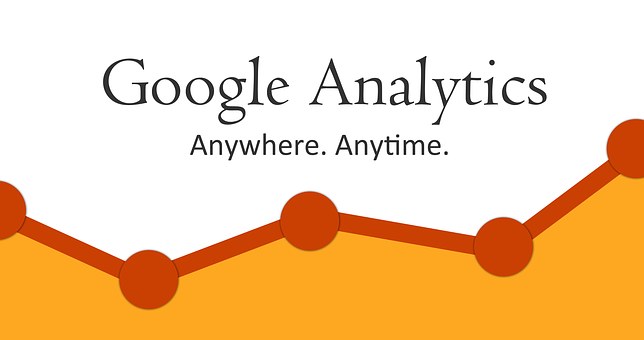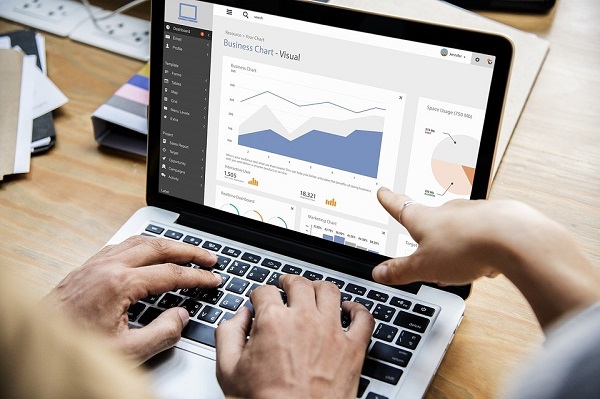The amount of data being collected and stored globally is inconceivable and it grows as we speak. The end result is “big data.” As the term implies, big data is used to denote large sets of structured or unstructured data. However, the large volume isn’t what makes big data so popular – it’s the potential and what businesses do with it that matters. To put this in perspective, businesses can use this data to recognize patterns or trends that, if capitalized on, can be beneficial.
On that note, big data made some pretty big waves in 2016 and, considering its impact in 2017, seems like it is set to do the same this year as well. Here are some recent trends that show how –
1. Artificial Intelligence (AI)
Artificially Intelligent mechanisms use deep learning to detect patterns in large sets of data (big data) – a fact that many businesses are using to their advantage. The marriage of big data and AI has had phenomenal effect on industries with commerce and automobile industries being two of the most notable examples. For e-commerce specifically, technologies like AI driven digital assistants in popular messaging applications now allow online marketers to interact with customers without being physically present. In the automobile industry, Tesla used artificial intelligence and big data to power its autopilot feature.
2. Variety of Big Data
It is not only the sheer volume of information that big data is famous for – it is the variety of information that comes with it that is so valuable. Variety, in this case, refers to usable data. Big data investments are largely dependent on this variety and the trend continues this year too.
Unlike structured data that can fit into relational databases like financial data that can be sorted into tables by region or product type, big data is unstructured. Examples include text based conversations on social media, photos, video recordings, live videos, sensor data and more. Big data technology has now made it possible for us to harness different types of data in a structured format and use it. To illustrate the variety of big data in real life applications, consider Google and Facebook that rely on the variety of big data to improve services.
3. Business Intelligence (BI) Grows Popular
As might be obvious by now, big data is growing at an unprecedented rate. In fact, businesses are seeing the value in the volume and variety of the data that they receive and harnessing it for business intelligence tools and systems. Statistics show that the year 2017 is vital for business intelligence thanks to cloud based data and smarter integration solutions.
With advanced analytics, business owners believe that a deeper and more insightful perspective can be gained from this data – perspective that can be used to their advantage. For example, this information can be used to detect patterns that can be used to improve key business processes.”
4. The Internet of Things (IoT)
Businesses are seeking to benefit from all types of data from the sources that are available to them. One of these sources, the Internet of Things, made a great impact last year by showcasing the potential of big data.
IoT is a system of physical objects that are connected to the internet and are capable of transferring data over networks without requiring human intervention to do so. The transfer of data is possible through sensor technology. Since last year, many industries are cashing in on the benefits of IoT enabled networks and the trend seems set to continue this year as well. Case in point is retail businesses. Major applications might include smart stores where data gained from sensors on sales racks can be used to analyze customer behavior in-store. A good example for this is the fashion retailer Zara which used RFID technology for faster inventory management.
5. Data Storage in the Cloud
Many businesses are realizing the benefits of cloud storage for business. And they are looking for ways to take the immense amount of data they own out of data centers and into the cloud. This applies to big data analytics as well. The premise is to reduce storage costs and gain greater flexibility in accessing and exiting solutions. And most importantly, cloud storage spares businesses from hiring specialists to process this data.
The year 2017 has just begun and from the trends mentioned above, it is obvious that big data is here to stay and is well on its way to becoming an inseparable part of web based services.










![7 data-driven ways to optimize your online store for mobile [Infographic]](https://crayondata.ai/wp-content/uploads/2019/11/optimize-1.jpg)


![Top tips and tricks to improving your customer experience [Infographic]](https://crayondata.ai/wp-content/uploads/2019/01/customer-journey-1.jpg)









